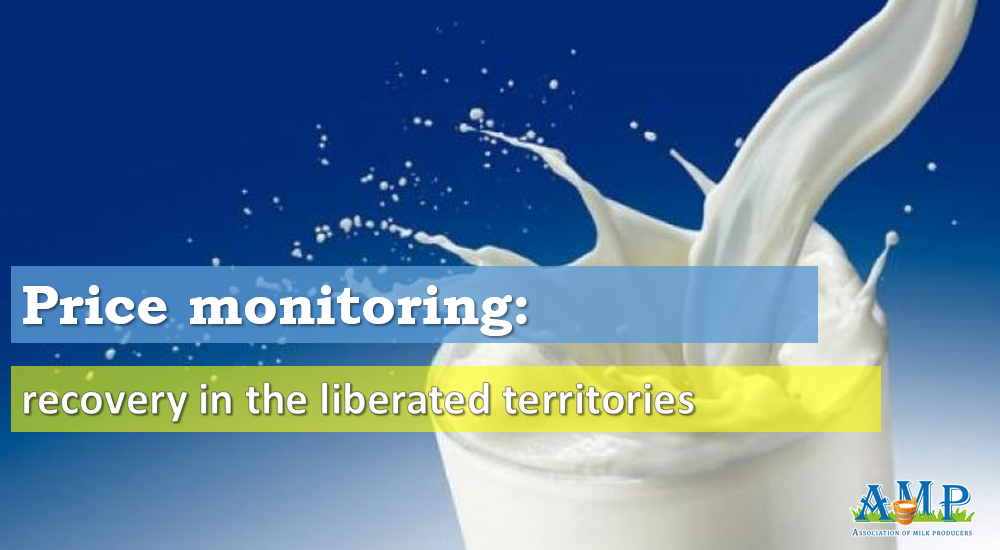The beginning of the war actually paralyzed the dairy business. Problems with milk sales and logistical collapses were the number one problem. Of course, farms in the temporarily occupied and adjacent territories took the brunt. As a result, purchase prices for milk in a number of regions have skyrocketed, losing within 10% on the brand. Some farms could receive no more than UAH 5 / kg even for the extra grade (provided they sell milk to the population), and some were forced to simply pour out milk that could not be distributed to the people and the military.
The situation on the raw milk market in the second decade of April developed in tones of very restrained optimism.
Dairy processing enterprises in the liberated territories are resuming temporarily suspended work or increasing the amount of processing lost during the hostilities. At the same time, sales channels are being restored as retailers resume their stores in the liberated areas and develop new or renovate previous logistics corridors.
As a result, the market began to feel the demand for dairy products and improved sales conditions in the occupied areas. With the increase of demand and sales, we see an increase in the supply of raw milk. Of course, these are not pre-war prices, but not the prices of the first weeks of 8 UAH.
The price of milk is currently formed largely on a territorial basis. The closer to the combat zone and the greater the implementation problems, the lower the prices.
Average prices for milk as of April 20 are characterized at the following level: extra - 10.13 UAH / kg, higher - 9.88 UAH / kg, the first - 9.40 UAH / kg (excluding VAT). But again, it should be noted that the range is much wider - from 9.50 to 10.70 UAH / kg (excluding VAT) for extra.
At the same time, the cost of milk production is constantly growing - prices for fuel and veterinary drugs have risen significantly. And the blockade of exports of both dairy and grain products deprives the economy of working capital. March was atypical for the analysis of production costs. This is due to the revision of the feed ration, reduction of the number of milkings, changes in the structure of wages, and the nature of the sale of raw milk (sale to a processing plant, market or free transfer in the form of humanitarian aid). So far, it is too early to talk about its averages.
In the near future, the market will develop under the pressure of the following factors: the nature and intensity of hostilities, the unblocking of seaports and addressing issues with dairy exports. The issue of cost now looks like a snowball that accumulates in the absence of a sufficient level of purchase prices.
Dynamics of purchase prices for milk, UAH / kg (excluding VAT)

Source: AMP survey


